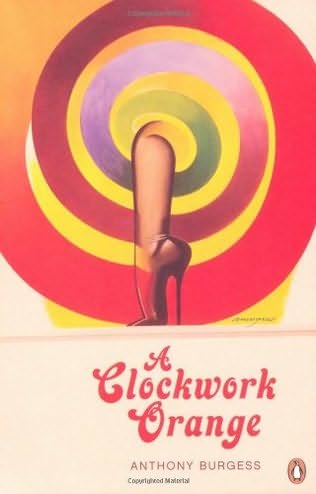
For this blog post, I would like to compare and contrast the two books I have read for the third marking period. While they may seem different at first glance, these books are actually remarkably similar and have their own way of setting themselves apart. Monkey Bridge by Lan Cao is a book about not forgetting where you came from and connecting past, present, and future. On the Other hand, A Clockwork Orange, by Anthony Burgess, is about violence and sadistic control over a person’s choices; however, A Clockwork Orange also uses a theme of time: past, present and future.

After I finished reading A Clockwork Orange, I did research on the book using Questia and discovered that there was originally one less chapter in the story. As I mentioned in my last post about this book, Clockwork ends with Alex thinking about a positive future; a life with a wife and kids, and without violence, pain, and death. In the years after the book was written, this last positive chapter was added to the book, which would otherwise end with Alex returning to his poor behavior of beating, tormenting, and raping innocent people. I believe Anthony Burgess added this final chapter to help drive home the ultimate meaning and goal of this story. Without the last chapter, people may not see the meaning of the story and wouldn’t take away anything from it. With his last chapter, we can break the book up into past, present, and future events:
In the far past, Alex was a thug on the street who beat, rapped, and molested people without understanding the nature of his violence.
In the past, Alex was treated by the Government to make him incapable of making the decision between right and wrong, so he was always forced to subdue to others. He was also unable to carry out acts of violence.
In the future, Alex thinks about ending his violent path and starting over with his life. His last thoughts are those of starting a family and children.
These seemingly different books share the common thread of time: Past, Present and Future. Lan Cao utilizes this aspect to show the Vietnam conflict from multiple perspectives and angles, and Anthony Burgess uses it to highlight moral choice and clearly show his intent in writing the book.
 Time: Past, Present, Future
Time: Past, Present, Future






